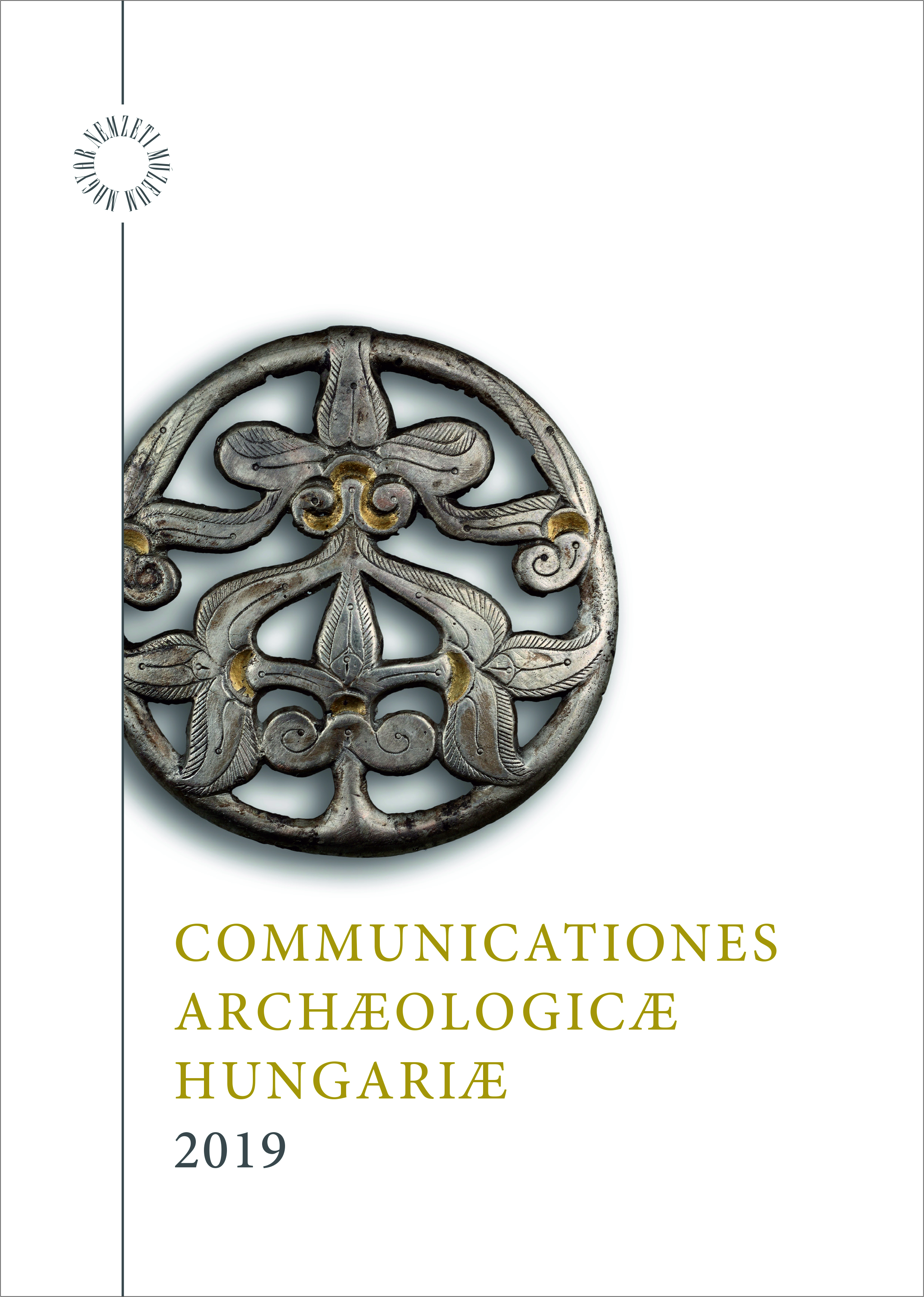The archaeological and numismatic material of the Enea Lanfranconi bequest in the collections of the Hungarian National Museum
Published 2021-11-23
Keywords
- History of research, Copper Age, Late Bronze Age, use-wear analysis, Iron Age, Roman Age, Roman small finds, Late Migration Period, Early Modern Age numismatics, handheld X-ray fluorescence spectrometry
How to Cite
Abstract
This article focuses on the collection of Enea Lanfranconi (1850–1895) engineer and collector in Bratislava/
Pozsony (SK) now partly kept in the Department of Archaeology and Coins Cabinet of the Hungarian National
Museum. Originally, the famous and huge colletion of its age comprised rare (partly hungarica) books, paintings
and engravings, but also a vast number of different antiquities. The purchased segment of the beqeust includes
a material ranging from the Copper Age to the Late Migration Period, but mostly Roman small finds. Certain
items had been moved to other public collections, among these two marble statues could be identified in the
Museum of Fine Arts, Budapest. Natural scientific analysis (handheld X-ray fluorescence spectrometry, hXRF) of
metal objects was also accomplished in certain cases.

